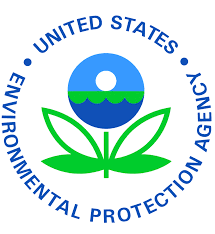Chemycal has been acquired by 3E
Learn MoreChemycal has been acquired by 3E
Learn MoreDiscover how Chemycal PRO helps you boosting your regulatory monitoring:

The meeting minutes and final report for the July 29 to August 2, 2019, Toxic Substances Control Act (TSCA) Science Advisory Committee on Chemicals (SACC) face-to-face meeting regarding the “Draft Risk Evaluations for 1,4-Dioxane and Cyclic Aliphatic Bromide Cluster (HBCD),” is now available.
The minutes and final report is available in each chemical’s docket at www.regulations.gov with the docket ID: EPA-HQ-OPPT-2019-0238 (1,4-Dioxane) and EPA-HQ-OPPT-2019-0237 (HBCD). Links to the documents are also posted at the SACC meeting web page at www.epa.gov/tsca-peer-review/
EPA is in the process of reviewing the report and will begin to determine how we will use the findings to finalize the risk evaluations for the two chemicals.
The TSCA SACC serves as a primary scientific peer review mechanism of EPA’s Office of Chemical Safety and Pollution Prevention and is structured to provide independent scientific advice and recommendations to the EPA on the scientific basis for risk assessments, methodologies, and pollution prevention measures and approaches for chemicals regulated under the Toxic Substances Control Act .
Peer review is an integral part of our risk evaluation process. It increases transparency and public involvement and provides EPA with advice from the diverse perspectives and expertise of our Committee. TSCA mandates that the risk evaluations use the best available science and weight of the scientific evidence. A key factor for the Agency to consider in employing the best available science is the extent of independent verification or peer review of the information. This defines the critical role of the SACC.
SOURCE: US EPA Newsletter (5th November 2019)
2013 © MyChemicalMonitoring. ALL Rights Reserved. About Us | Terms and Conditions